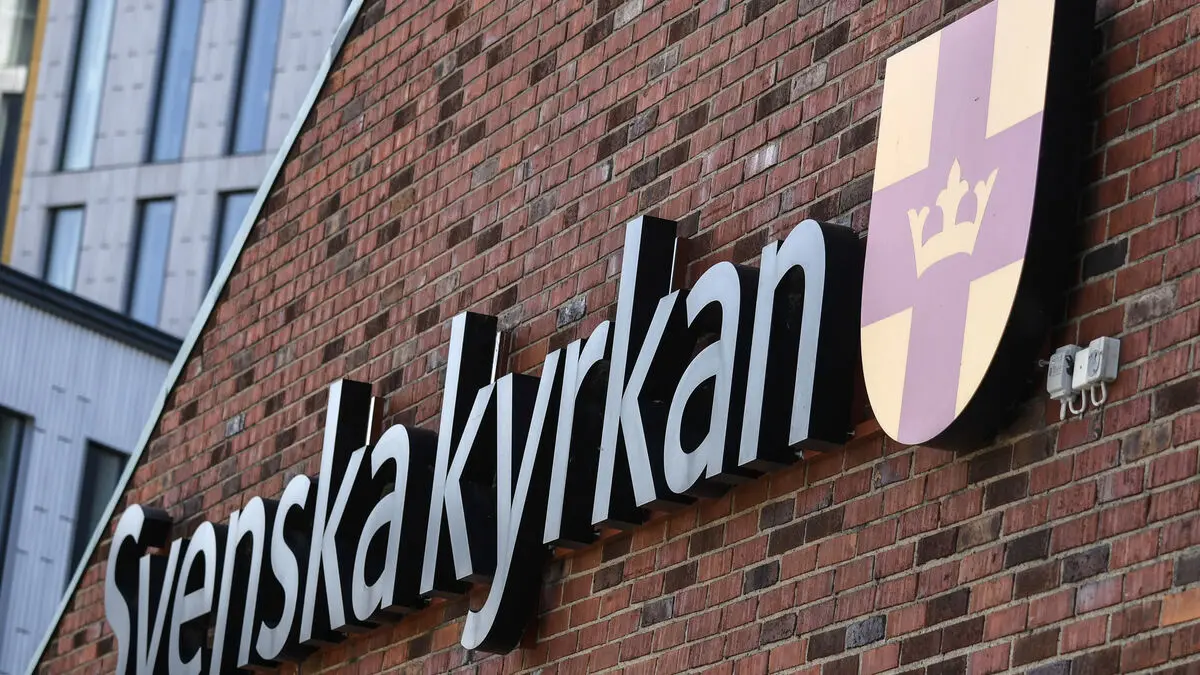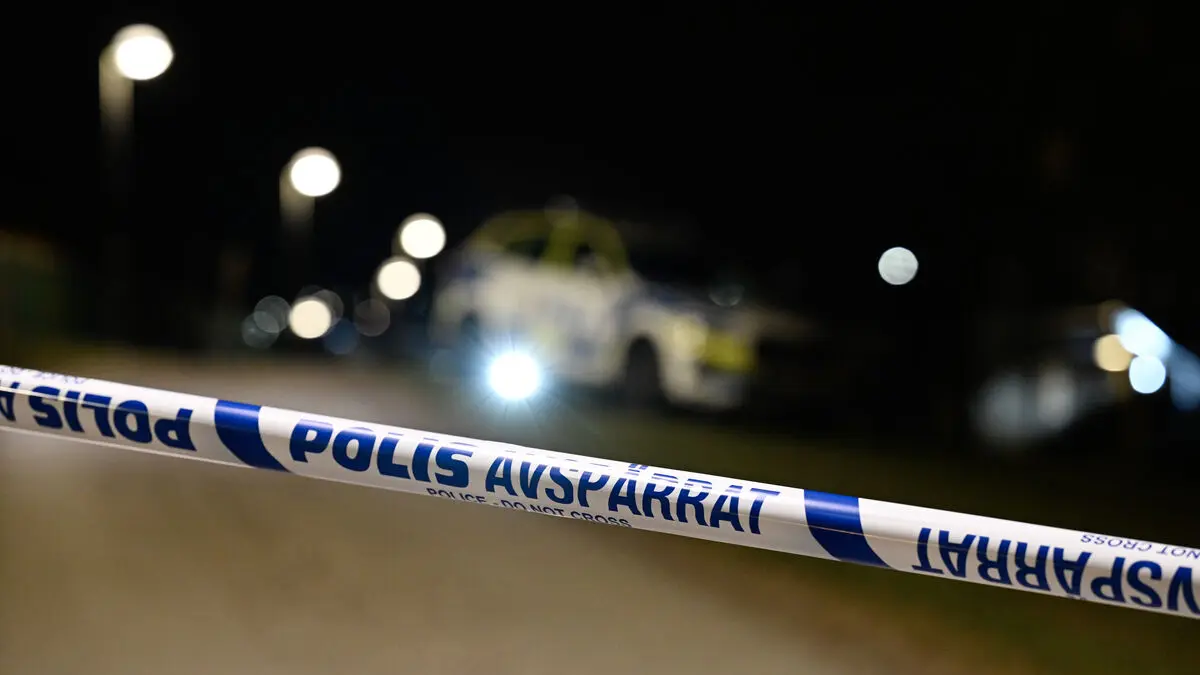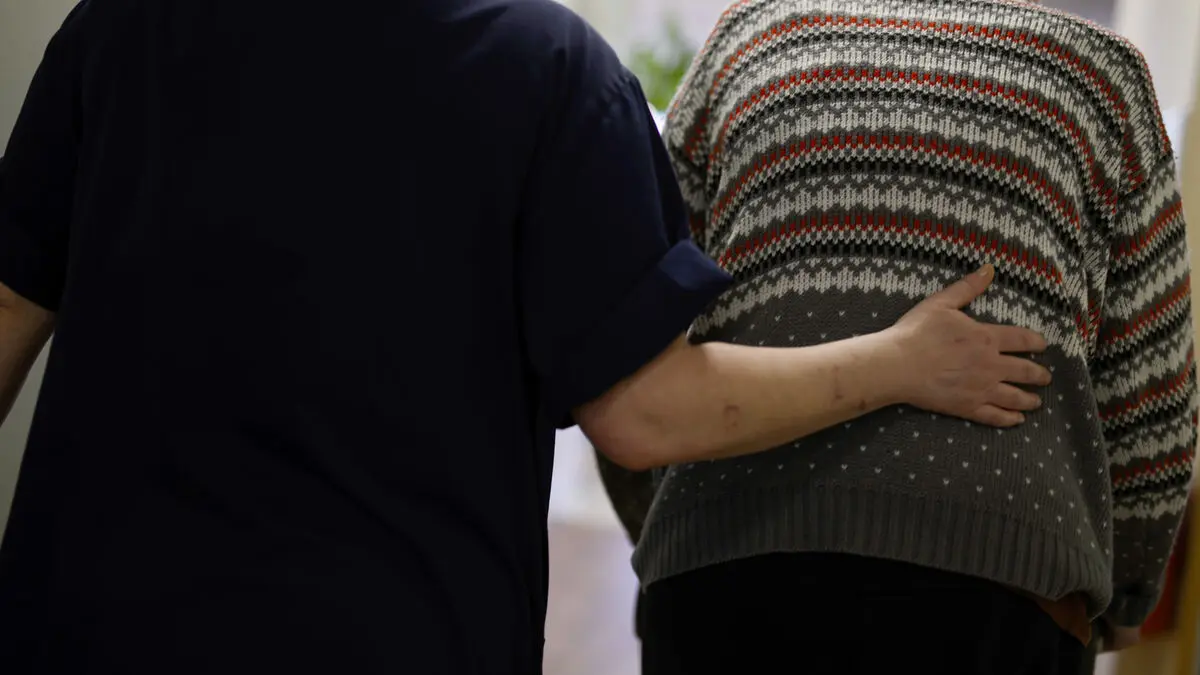Iran has approximately 400 kilograms of uranium that has been enriched up to 60 percent, according to the International Atomic Energy Agency (IAEA). Only a few technical steps remain to reach an enrichment level of 90 percent, which is required for the uranium to be pure enough to be used in weapons.
The location of the enriched uranium is currently unknown to the outside world.
According to Israeli officials with insight, there is evidence that Iran has moved equipment and enriched uranium from Fordo in recent days, writes The New York Times.
May have been moved
The uranium may have been moved to another, secret facility where it can be enriched to the 90 percent required for nuclear weapons, says David Albright at the Institute for Science and International Security, to NPR. He adds that such enrichment could happen fairly quickly – even though the program has now suffered a significant setback.
I think you have to assume that significant amounts of this enriched uranium are still left, so this is not over in any way, he says.
A few weeks ago, IAEA staff were able to inspect uranium storage facilities in Iran. A few days later, Israel attacked nuclear energy facilities and over the weekend, the US attacked the enrichment facilities Fordo and Natanz and the nuclear technology center Isfahan.
16 trucks
Satellite images taken just days before the US attack show 16 trucks at the entrance to Fordo.
At the facility, much of the equipment is large, attached to the cement floor and difficult to move, but according to experts, enriched uranium may have been transported from there as a precaution in case of attacks. Uranium can be retrieved in relatively small containers that can be transported by car.
One could assume that any enriched uranium stocks were transported away, says Albright.
In order for the IAEA to determine where the enriched uranium is and how safe it is, the Iranian regime needs to let in its observers. So far, Iranian representatives have announced that all international inspections have been discontinued.
IAEA chief Rafael Grossi wants to return to the negotiating table to enable continued controls.
Iran has made no secret of the fact that they have protected this material, he says in a CNN interview.
In 2015, the nuclear agreement JCPOA was signed between Iran and the "P5+1" – the five permanent members of the UN Security Council (France, China, the United Kingdom, Russia, and the US) and Germany.
The agreement aimed to prevent Iran from developing nuclear weapons. It would provide greater insight into the country's nuclear energy program, which would also be significantly reduced and limited.
The enrichment of uranium would be limited to a purity of just under four percent – far below the 90 percent required to be used in a nuclear weapon. In exchange, international sanctions against Iran were lifted.
In 2018, US President Donald Trump decided to leave the agreement and reimpose tough sanctions, which also applied to anyone trading with Iran.
Iran then deviated from the agreement and began to step up the enrichment of uranium. The country now has far more uranium with a much higher purity than what JCPOA allowed.
In April this year, negotiations on a new agreement began, as Donald Trump wanted one with tightened control mechanisms. In early June, he said he would demand that Iran completely cease the enrichment of uranium. Iran wants to be able to have a regulated civilian program.





